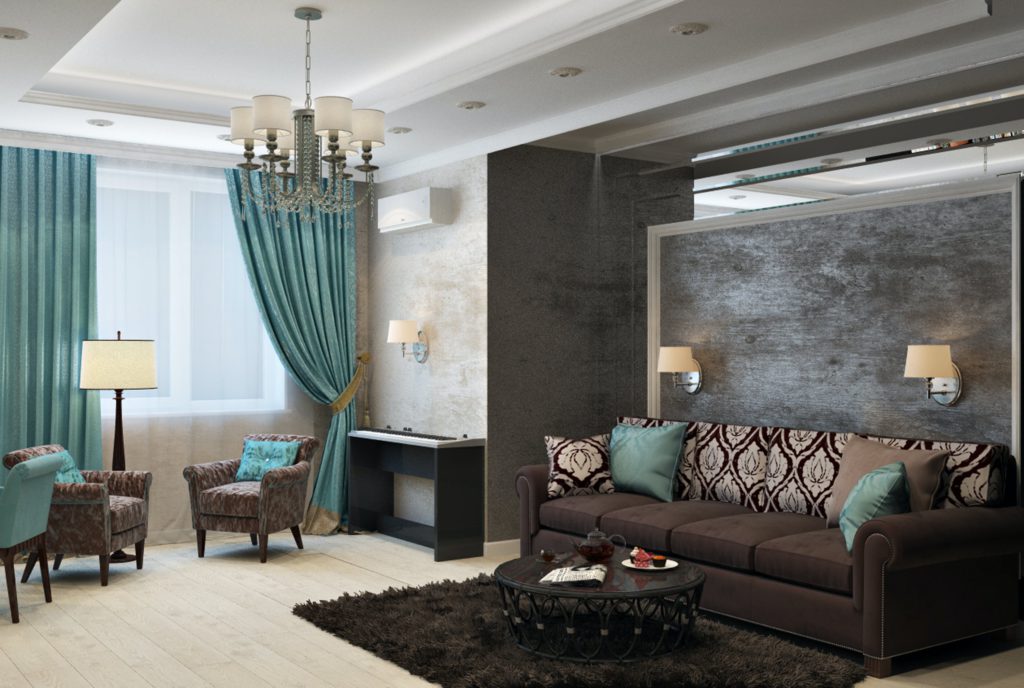Your home is more than just a physical space; it reflects your personality and is a sanctuary for your mental well-being. The design and decor of your living environment play a crucial role in influencing your emotional and psychological state. This connection between interior choices and mental wellness is grounded in the science of comfort, a fascinating field that explores the impact of our surroundings on our mental health.
- Colour Psychology: The colours you choose for your walls, furniture, and decor can have a profound effect on your mood. Warm colours like red and orange can evoke energy and warmth, while cool colours like blue and green can promote calm and relaxation. Understanding colour psychology allows you to select hues that align with your emotional needs.
- Lighting and Mood: Natural light is essential for regulating circadian rhythms and promoting mental well-being. Properly placed artificial lighting can also create cosy or invigorating atmospheres, depending on your preferences.
- Spatial Arrangement: How you arrange furniture and utilise space can impact your comfort and mental wellness. Cluttered areas can lead to increased stress, while open and organised layouts promote a sense of calm and control.
- Texture and Materials: Choosing textures and materials in your home decor can evoke different emotions. Soft, plush fabrics can be comforting and cosy, while sleek, minimalist designs may create a sense of modernity and simplicity.
- Texture and Materials: Choosing textures and materials in your home decor can evoke different emotions. Soft, plush fabrics can be comforting and cosy, while sleek, minimalist designs may create a sense of modernity and simplicity.
- Personalization: Incorporating personal touches, such as family photos, artwork, or sentimental objects, can provide a sense of connection and happiness. These items can serve as reminders of positive experiences and relationships.
- Biophilic Design: Bringing elements of nature into your home, such as indoor plants, natural wood, or stone accents, can reduce stress and improve mood. Biophilic design connects us with the natural world, which has a calming and therapeutic effect.
- Acoustics: Noise levels within your home can significantly impact your mental wellness. Consider soundproofing or using materials that absorb or diffuse sound to create a peaceful environment.
Understanding the science of comfort allows you to make intentional interior design choices that support your mental well-being. Whether you seek tranquillity, energy, or a sense of balance, your home’s interior can be tailored to nurture your emotional and psychological health. By creating a space that promotes comfort, you can enhance your overall quality of life and mental wellness.

